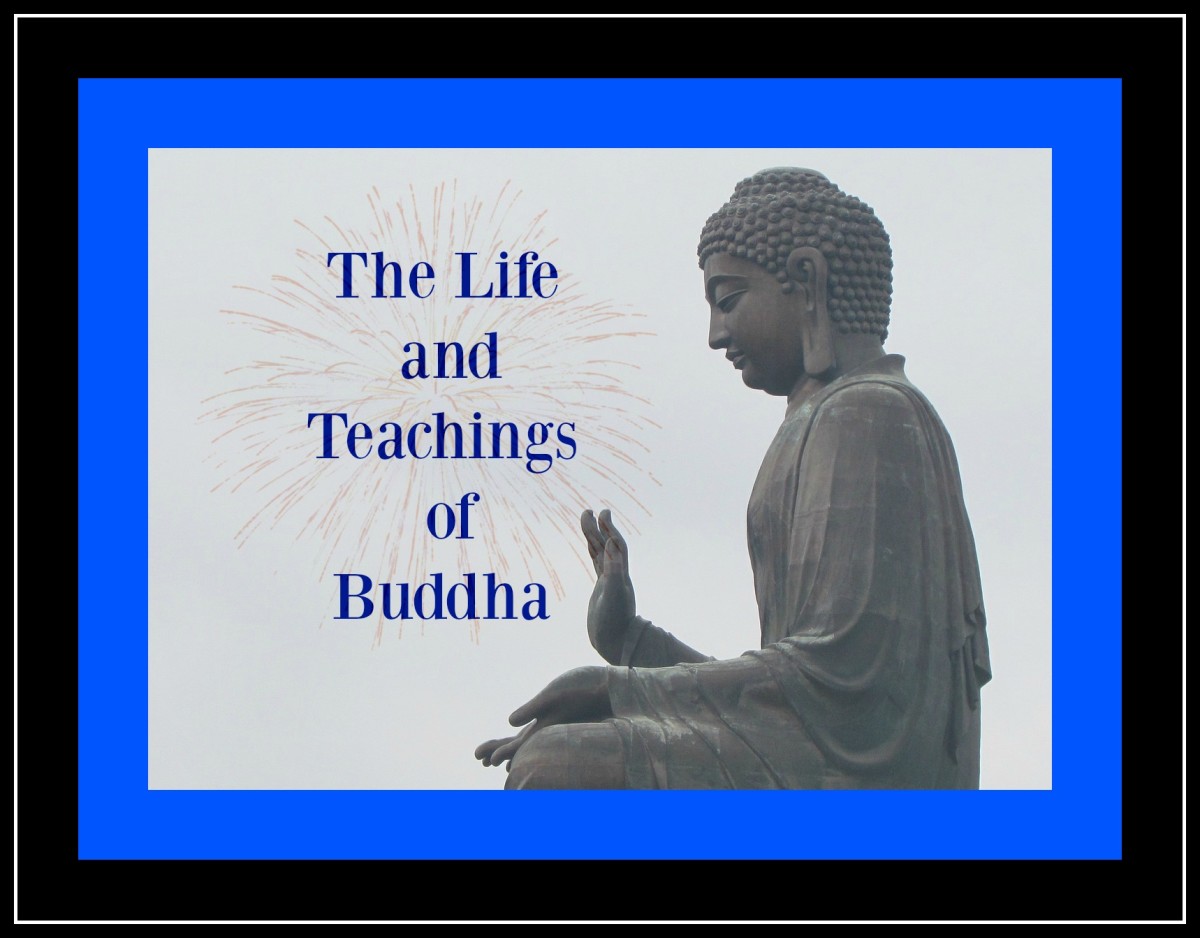
After years of studying Sanskrit and delving into Tibetan this summer, I’ve come to a troubling realization: translation doesn’t merely overlook profound meanings; it strips away the essence of what you aim to preserve.
To restore that essence, one must depend on vibrant currents of experience, not lifeless words.
Eva Natanya is an instructor at the Centre For Contemplative Research, a distinct contemplative ‘observatory’ dedicated to fostering awakened individuals for the enhancement of consciousness research.
What sets her apart is her Buddhist journey, which didn’t necessitate a dismissal of her previous Christian contemplative background. Instead, she has remained faithful to both traditions without blending them chaotically.
The insights that follow are not attributable to my own individual revelations. They arise from Eva’s extensive teachings during retreats, which are rooted in genuine and traditional Tibetan Buddhist instruction.
This wisdom has significantly enriched my own Buddhist practice. I hope they offer a plateau-transcending impact on you, particularly if you lack an extra 40 hours to engage with the retreat.
Most individuals are unaware of the true meaning of ‘refuge.’
Repeating that you take refuge in the Buddha repeatedly doesn’t necessarily aid either.
For refuge is not merely a declaration; it’s a trust in your essence: infinite consciousness—not the transient phenomena that constitute the identity of a sentient being!
Like a refugee in need of shelter, you seek refuge during challenging times. What can you depend on when it’s most crucial?
Certainly, it isn’t the fleeting emotions or the layers of thought.
It is the unmistakable power of witnessing awareness, which is present and unbounded in every circumstance. The very source of Buddhahood — the aspect of you that is already, forever, and continuously free!
Your meditation seat ought to resemble a throne.
The Sanskrit term for seat, asana, also refers to yoga postures. It is not a mundane way of sitting out of laziness; it is purposeful.
In meditation, it is comparable to a king’s throne: a mark of royalty, authority, and mastery.
Preserve this dignity, and do not forsake your position. Simply by the act of sitting, you are meant to radiate the attributes of your position!
You epitomize the results of your efforts by merely remaining still and alert amidst the unfolding drama.
Always in a stance of strength — never yielding to whatever arises.
‘Motivation’ is prayer put into action.
In contemplative practice, your motivation reveals itself in how you carry out an action.
Brushstrokes can serve as a prayer just like any chant. Sitting in meditation can also invoke exceptionally high-quality emotions that typically remain dormant.
For the essence of prayer, its fundamental expression, is what you undertake to bring your aspirations to fruition.
If it can manifest non-conceptually and embodied (instead of in imagination and wishful thinking), you might just attract the outcome you seek.
Lacking a Guru? That is perfectly fine!
Guru Yoga, often considered the essence of the path, is directed towards the archetype of the root Guru.
You need not have a human reference for this.
You could focus on a deity or even the idea of a Guru. The only requirement is to connect with your timeless yearning for divine guidance.
All of us can receive the necessary answers, similar to the British nun Tenzin Palmo during her solitary retreat, where simply praying to her Guru saved her life.
Undoubtedly, a perfect human Guru is one of the most valuable discoveries we can make in life. However, don’t wait for that, as it’s likely we need to do some preparation before it can even appear.
From our practices and prayers, we have everything we require.
Calm-abiding should not feel burdensome.
The main reason shamatha attainment is rare is that individuals pursue more thrilling, esoteric, and profound practices instead of dedicating themselves to the hard work needed to master their attention spans.
This is why so few actually reap the benefits of those supposedly deeper practices.
It is said that Lama Karma, a new instructor at the Centre for Contemplative Research, attained shamatha within six months. On and off the cushion, all he did daily was rest in awareness, illuminating the mental space.
What sustained his interest and complete commitment? A viewpoint very different from the standard ‘secular mindfulness practitioner’ (who seldom contemplates future lifetimes or ‘supernatural’ states of awareness close to Buddhahood).
In the Mahamudra tradition, shamatha is intended for dissolving the coarse mind while maintaining acute awareness. Additionally, we are to dissolve the enlightened Guru [archetype] into the heart and then meditate.
Each moment of seemingly ‘tedious’ meditation is conducted with the deepest part of your mind intertwined with the Guru’s!
By resting